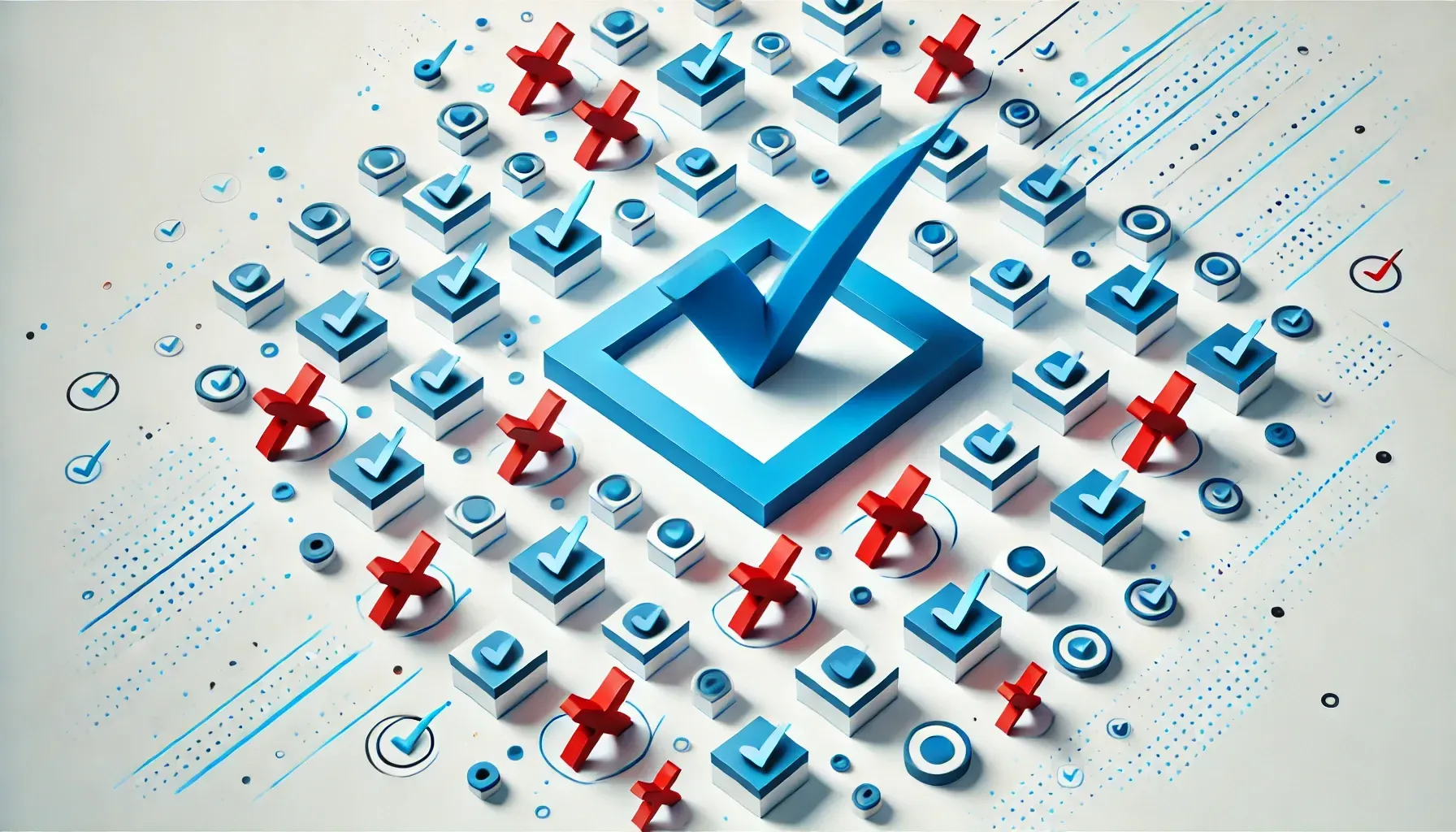PEOPLE GOING BEYOND.
When HR Needs HR: Secure Your Own Mask First
By:

HR professionals are the unsung heroes of the workplace, juggling compliance, employee well-being, and organizational strategy—all while serving as the go-to support system for everyone else. But what happens when the caretakers start to feel burnout? In this article we explore the growing burnout crisis within HR and offer actionable strategies to build resilience, foster well-being, and create a more sustainable path forward for HR teams. Because let’s face it—HR can’t thrive without support, and neither can the organizations they help drive.
The Hidden Challenge: Why HR Professionals Are Burning Out
HR professionals often find themselves caught between a rock and a hard place—or more accurately, between the boardroom and the breakroom. On one side, they’re expected to align with organizational goals, driving performance and compliance. On the other, they’re the empathetic ear, the problem-solver, and sometimes even the unofficial therapist for employees grappling with personal or workplace challenges. This dual responsibility is both the beauty and the burden of working in HR—and it’s a big reason why burnout is hitting this profession so hard.
In the post-pandemic era, these challenges have only intensified. The rapid shift to remote work, heightened mental health struggles, and the constant need to navigate evolving workplace dynamics have placed even greater demands on HR teams. Now more than ever, HR professionals are stretched thin, balancing unprecedented levels of emotional labor with their already demanding strategic responsibilities.
Let’s break it down:
The Emotional Burden of Being "The Fixer"
HR isn’t just about policies and payroll; it’s about people. And as rewarding as it is to make a positive impact on someone’s career or well-being, it can be emotionally draining to constantly be the one solving problems. From layoffs to mediating workplace conflicts to supporting employees through personal crises, HR professionals are often the first responders in the workplace. This emotional labor can lead to compassion fatigue—a very real phenomenon where caring for others leaves you feeling emotionally spent.
Here’s the kicker: HR pros are expected to bring their “A-game” to every situation, regardless of what’s happening in their own lives. One of the executives we interviewed put it best: “HR is the department everyone turns to when things get tough—but who do we turn to?”
The "Always On" Mentality
HR professionals are rarely off the clock. The rise of remote work and global teams has amplified this issue, with HR teams fielding emails, Slack messages, and Zoom calls at all hours. Whether it’s handling an urgent employee issue at 8 PM or jumping into compliance updates over the weekend, HR often operates in a state of constant availability.
This 24/7 mindset, while unspoken, becomes ingrained in HR culture. Why? Because HR professionals often feel the pressure to lead by example. If you’re advising employees to take time for themselves but you’re answering emails at midnight, the message is clear: “Do as I say, not as I do.” That’s a recipe for burnout.
The Invisible Struggle
Unlike other departments, HR rarely gets the spotlight—or the credit. When things go wrong, they’re expected to step in and fix it. When things go smoothly, their efforts often go unnoticed. This lack of recognition can leave HR professionals feeling undervalued and unseen, compounding the stress they already carry.
Additionally, the role itself is misunderstood by many. Outside of HR circles, there’s often a perception that HR’s responsibilities boil down to hiring and firing, or organizing the holiday party. But the reality is far more complex and demanding. HR teams juggle compliance, growth initiatives, talent management, organizational development, and so much more—often without the resources or recognition they need.
Evolving Workplace Challenges
These evolving challenges require constant upskilling, quick thinking, and adaptability. But with limited time and resources, HR professionals often find themselves stretched too thin, scrambling to meet demands and falling short on self-care.
At the core of this hidden crisis is a paradox: HR professionals are tasked with taking care of everyone else but are rarely afforded the same care themselves. The result? Rising levels of burnout, reduced job satisfaction, and, in some cases, HR professionals leaving the field altogether.
But here’s the good news: burnout isn’t inevitable. By recognizing the unique challenges HR faces and addressing the root causes, organizations—and HR teams themselves—can start building a more sustainable and supportive future. In the sections that follow, we’ll explore how to do just that. Because let’s face it: HR deserves better.
Building Resilience: Avoiding HR Burnout
Burnout doesn’t have to be the inevitable price HR professionals pay for their hard work. Building resilience isn’t about "powering through" or "toughening up." Instead, it’s about creating a support system, prioritizing self-care, and fostering an environment where HR teams can thrive. Let’s explore actionable strategies to help HR professionals avoid burnout and maintain their well-being.
1) Build Reach: The Power of Community
HR professionals are often described as the backbone of an organization, but even the strongest back needs support. One of the most effective ways to combat burnout is to build a robust professional network—both inside and outside the workplace.
- Leaning on your network: Building relationships with other HR professionals offers a unique opportunity to share experiences, challenges, and solutions. Sometimes, just knowing someone else gets it can lighten the emotional load.
- Growing your network: Go beyond maintaining existing connections—make a conscious effort to foster new ones. Attend industry events, participate in webinars, or join professional HR organizations. These connections can become a lifeline during challenging times.
- Keep it personal: Not every interaction has to be formal. Go for a coffee or lunch with a colleague, mentor, or peer. Face-to-face conversations can often provide the kind of support that emails and LinkedIn messages can’t.
As one HR executive we interviewed said, “The best advice I ever got was to stop thinking I had to do everything on my own. My network has become my safety net.”
2) Prioritize Self-Care: The "Oxygen Mask" Principle
If there’s one mantra HR professionals should embrace, it’s this: you can’t pour from an empty cup. Much like the safety instructions on an airplane, you need to put your own oxygen mask on before helping others. Self-care is not indulgence—it’s a necessity.
- Basic self-care matters: Start with the fundamentals. Ensure you’re getting enough sleep, eating well, and staying active. These may sound simple, but when the demands of work pile up, they’re often the first things to go.
- Combat "cobbler’s children syndrome": HR professionals are excellent at advocating for others but often neglect their own needs. Take time to reflect on what you need—whether it’s setting boundaries at work, scheduling regular breaks, or simply allowing yourself downtime to recharge.
- Mindfulness and mental health: Practices like meditation, journaling, or even a short daily walk can help clear your mind and reduce stress. If you’re struggling, don’t hesitate to seek professional help. Therapy or coaching can provide valuable tools for managing burnout.
One HR leader shared, “It wasn’t until I started treating myself like I treat my employees—with care and understanding—that I started to see a difference in my energy and mindset.”
3) Set Boundaries and Delegate Effectively
HR professionals are notorious for wearing many hats, but trying to do everything is a fast track to burnout. Resilience comes from knowing your limits and sticking to them.
- Learn to say no: Not every task needs to be done right now, and not every problem is yours to solve. Prioritize what’s most important and push back when your plate is overflowing.
- Delegate and empower others: Share the load with your team. Empower junior HR staff or colleagues to take on responsibilities. Delegation isn’t a sign of weakness; it’s a sign of effective leadership.
- Establish work-life boundaries: Set clear guidelines for when you’re available and when you’re not. Turn off email notifications after hours, and create designated "focus" time in your schedule.
4) Leverage Technology and Tools
Technology is a double-edged sword: it can either overwhelm or empower you, depending on how it’s used. To build resilience, focus on tools that simplify your workload and reduce stress.
- Streamline processes: Use HR technology platforms to automate repetitive tasks like payroll, benefits management, or compliance tracking.
- Data-driven decision-making: Leverage analytics to identify trends and address issues proactively, reducing the amount of time spent reacting to problems.
- Focus on collaboration tools: Platforms like Slack or Microsoft Teams can help you stay organized while keeping communication efficient and manageable.
As one interviewee noted, “The right tools don’t just save time—they save your sanity.”
5) Create a Culture of Support
Resilience isn’t just an individual effort—it’s something that organizations can foster. Leaders and executives play a critical role in preventing HR burnout by creating a supportive environment.
- Check in with HR teams: Regular one-on-ones or team meetings focused on well-being can make a big difference. Sometimes, just being asked, “How are you really doing?” can open the door to meaningful support.
- Invest in HR: Provide the resources, training, and staffing levels HR professionals need to do their jobs effectively. A well-supported HR team is better equipped to avoid burnout.
- Celebrate wins: Acknowledge the hard work of your HR team—whether it’s through public recognition, bonuses, or even a simple thank-you. Appreciation goes a long way in boosting morale and resilience.
Building resilience in HR isn’t about eliminating stress—it’s about equipping yourself (and your team) to manage it effectively. By leaning on your network, prioritizing self-care, and setting boundaries, HR professionals can navigate their challenges with strength and confidence. And with the right tools and organizational support, resilience can become not just an individual skill but a collective strength. After all, a thriving HR team is the foundation of a thriving organization.
Caring for the Caretakers
Burnout in HR isn’t just an individual issue—it’s a signal of broader organizational challenges. The good news? It’s preventable. By recognizing the unique pressures HR professionals face, prioritizing their well-being, and reshaping the narrative around their role, organizations can create a healthier, more sustainable future for their HR teams.
For organizations feeling the strain, interim HR project resources and temporary contract consultants can provide much-needed relief. Whether it’s supporting specialized HR initiatives, covering short-term vacancies, or scaling to meet evolving demands, these solutions help leaders keep objectives on track without overloading their teams.
For HR professionals seeking more balance, contracting offers a path to variety and freedom. It allows for exposure to diverse projects, people, and systems while providing the flexibility to work remotely, in-office, or nationwide. Contracting can be an opportunity to grow professionally and enjoy a fulfilling, dynamic career. With a network of top employers, we connect HR professionals to interim roles and provide the support they need to establish and sustain a rewarding contracting career.
It’s time for HR professionals to take off the superhero capes. Building resilience, leaning on networks, and practicing self-care aren’t signs of weakness—they’re acts of strength. Likewise, organizations must step up to ensure their HR teams feel valued, supported, and empowered. Because when HR thrives, everyone thrives. By taking action now—and with the right resources in place—we can help the people who take care of everyone else.
After all, even HR needs HR.
Looking for a new role? Search HR jobs
Need help filling a position? Contact Us
Other articles you might be interested in




Get in touch with us.
VANCOUVER
CALGARY
JUST HR | HUMAN RESOURCES RECRUITMENT | PEOPLE GOING BEYOND
Copyright © 2023 Just HR


